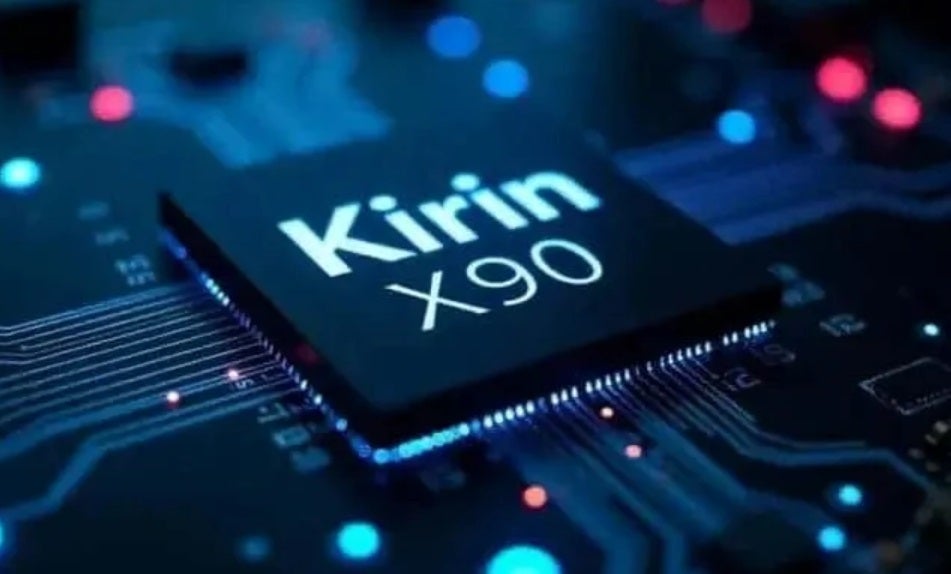Huawei’s CEO recently stated that their chips are only one generation behind U.S. technology. 
This claim comes as the company introduces its 5nm Kirin X90 processor, designed by Huawei and produced by SMIC, for its new foldable laptop. With companies like TSMC and Samsung Foundry gearing up to ship 2nm chips next year, it appears that Huawei’s 5nm components are trailing just one generation behind the 3nm silicon seen in flagship smartphones, including the latest iPhone models.
However, due to U.S. sanctions, Huawei and SMIC have been unable to secure the critical Extreme Ultraviolet (EUV) Lithography machines from ASML, the sole global supplier of this technology. This limits their ability to advance past the 5nm chip production stage, as they rely on older Deep Ultraviolet (DUV) Lithography machines. These machines are essential for transferring intricate circuitry patterns onto silicon wafers, which form the foundation of chips.
EUV machines are capable of printing smaller features on silicon wafers, which increases the number of transistors that can be packed into a chip. The more transistors on a chip, the more powerful and energy-efficient it becomes. To make the 5nm Kirin X90, SMIC reportedly used a technique called Self-Aligned Quadruple Patterning (SAQP), an advanced method for shrinking features beyond the limitations of DUV. However, this technique has its downsides, including reduced chip yields and higher production costs.
Huawei’s CEO, Ren Zhengfei, emphasized in an interview with People’s Daily that the company invests heavily in research, with an annual budget of 180 billion yuan ($25.07 billion). He expressed confidence that Huawei can still make significant strides in chip development, despite being restricted by U.S. sanctions. Ren stated, ‘We are one generation behind the U.S. in chip technology, but we use mathematics and non-Moore’s law techniques to bridge the gap.’ He further mentioned that software is no longer a bottleneck for Huawei, and its chips continue to achieve practical results. The company also remains committed to alternative chip designs, which could offer potential breakthroughs in the future.